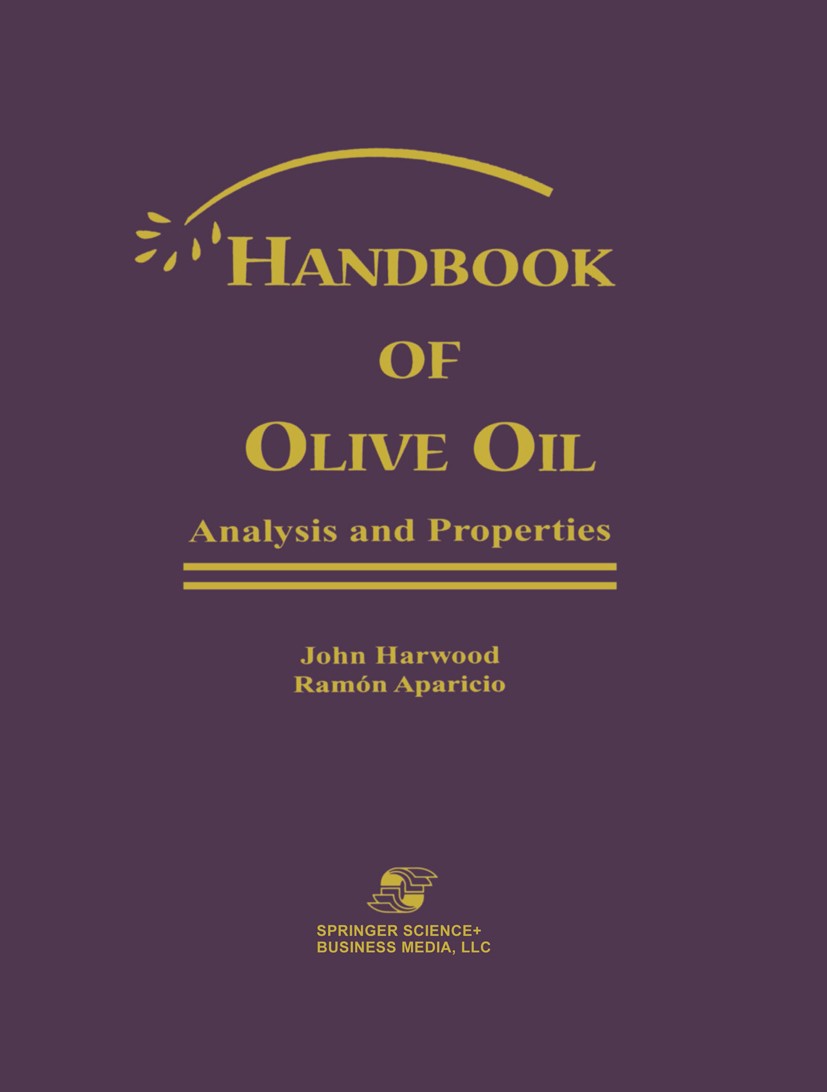| 書目名稱 | Handbook of Olive Oil: Analysis and Properties | | 編輯 | John Harwood (Professor),Ramón Aparicio (Research | | 視頻video | http://file.papertrans.cn/422/421821/421821.mp4 | | 圖書封面 |  | | 描述 | Olive oil is the major edible vegetable oil of the Mediterranean countries and Portugal. It is also, perhaps, the oldest reported crop in history. The olive tree is ca- pable of existing in a harsh climate on poor soils, and trees 500 years old still bear fruit. The oil itself is much prized for its flavor and aroma. The highest-quality oils are obtained, without solvent extraction, from fresh and healthy fruits. Although the subtle sensory characteristics of olive oil account for its popularity, despite a high market price, increasing interest has been given to its nutritional properties, which are believed to play a large role in the so-called "Mediterranean Diet. " In this book, we provide a wealth of detail about the analysis and properties of olives and their oil. After an introduction to olive oil and to technological aspects, we include a section on biochemistry because, of course, the unique properties of the oil are based on the biochemistry of the olive fruit. This applies not only to the main constituents-the various triacylglycerols-but also to minor sensory components that are derived largely from the lipoxygenase catabolic pathway. Following are chapters that deal wit | | 出版日期 | Book 20001st edition | | 版次 | 1 | | doi | https://doi.org/10.1007/978-1-4757-5371-4 | | isbn_ebook | 978-1-4757-5371-4 | | copyright | Springer-Verlag US 2000 |
The information of publication is updating

|
|
 |Archiver|手機版|小黑屋|
派博傳思國際
( 京公網(wǎng)安備110108008328)
GMT+8, 2025-10-6 05:41
|Archiver|手機版|小黑屋|
派博傳思國際
( 京公網(wǎng)安備110108008328)
GMT+8, 2025-10-6 05:41


